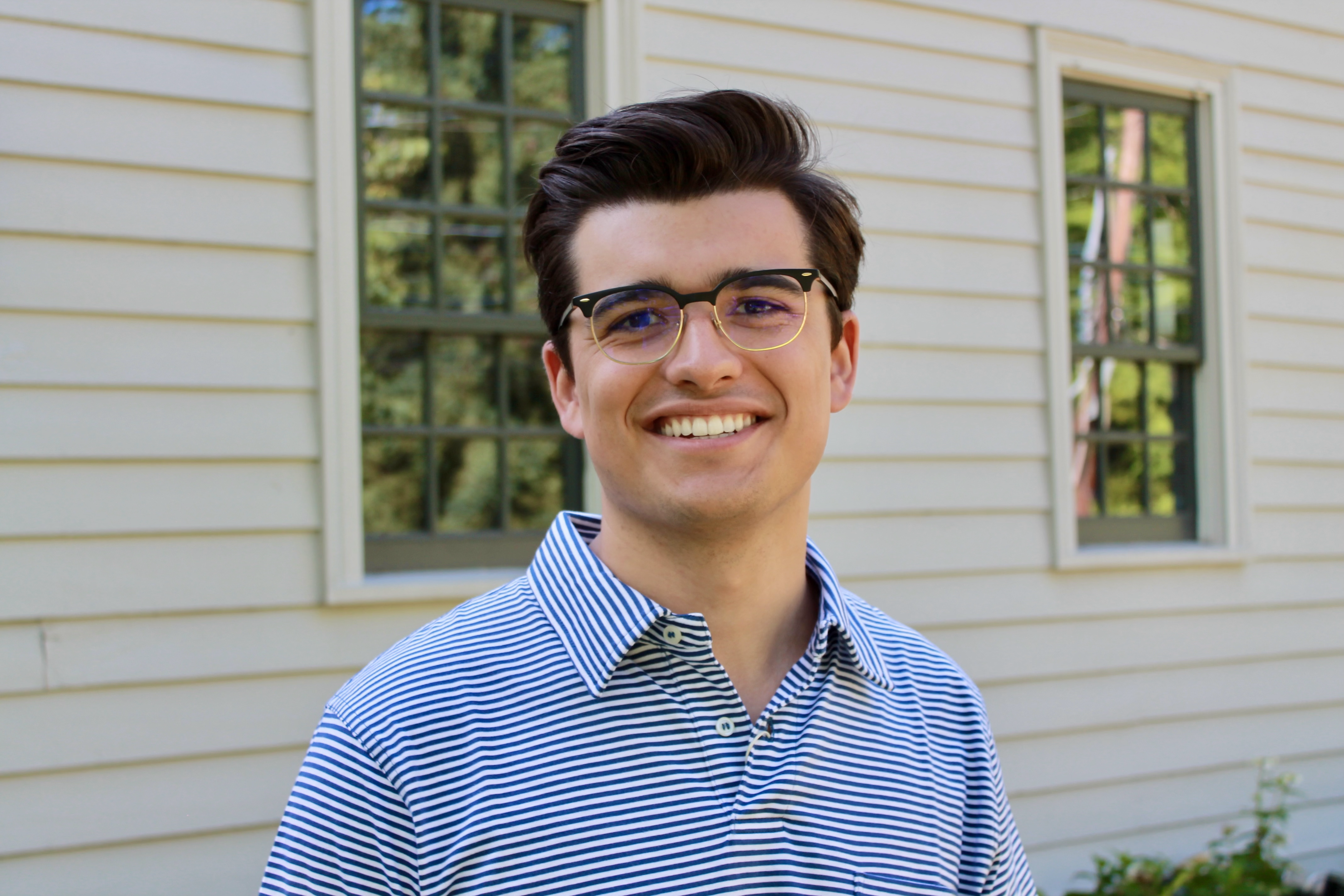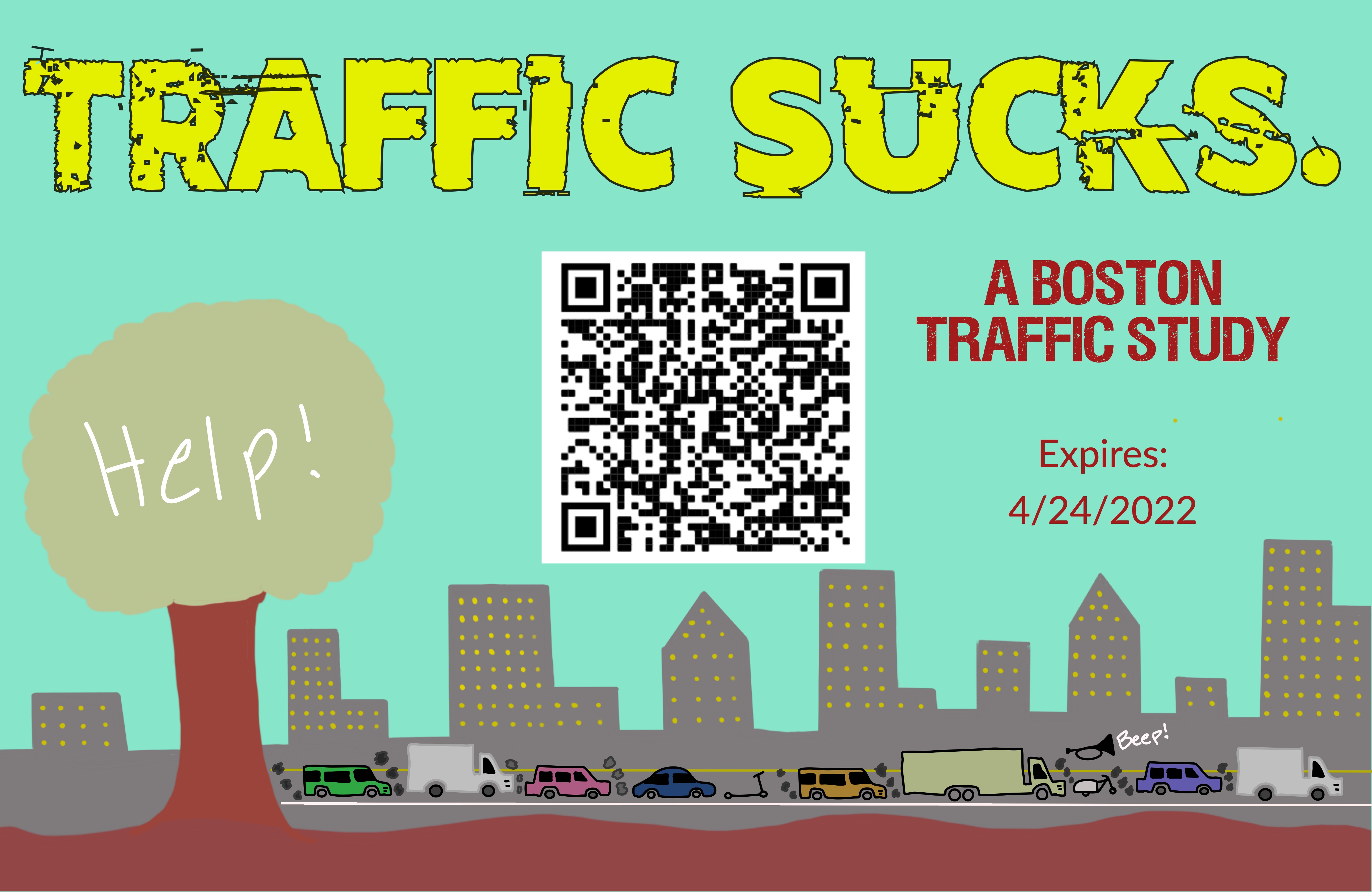The Real-World Impacts of Capstone
Every now and then, a CGS student project will catalyze change outside of the classroom
By Steve Holt

Each spring since 1977, students in their final semester at CGS set out to solve a big problem. Groups of five or six research a real-life issue in the world, then write a 50-page paper full of suggestions for fixing it—drawing on the humanities, rhetoric, social science, and natural science lessons they’ve learned in class. The groups then defend their arguments orally in front of their professors. This is the Capstone project, an important part of CGS’ interdisciplinary curriculum. Recent subjects ranged from the constitutionality of solitary confinement to the regulation of gene editing in humans.
“It’s rare that a Capstone report will change things extramurally,” says Robert Wexelblatt, a professor of humanities, who created the Capstone project during the 1976–77 academic year, secured faculty support for it, and prepared the first syllabi. “Most of my stories are about how the project changed students, such as those who, having argued imaginary court cases, decided to go to law school, or premed students who researched the deficiencies of our healthcare system and found a vocation in public health. But sometimes it does happen that a report will indeed change things.”
In 2022, Gardner Krag (’22, Questrom’24) led a Capstone group that proposed congestion tolling—charging motorists for driving into zones with heavy traffic—as a solution to gridlock in Boston’s downtown business district. One team member researched environmental and health impacts of traffic congestion. Another looked into the costs and benefits of investing in better public transportation. A third teammate researched transportation policy. The other group members assisted with editing, interviewing, graphic design, and even pressure-testing the group’s proposals with “devil’s advocate” arguments against congestion tolling.
They held up London as an example of a city that had successfully implemented congestion tolling to curb traffic, as well as New York City, which was set to begin congestion tolling earlier this year before the state’s governor vetoed the policy. In 74 pages, Krag and his classmates presented a case for why Boston would benefit from the practice. A section in the paper detailed how the group reached out to representatives in the state legislature to review their proposal, but no one returned their calls.
“Once we were done with the project, we were tired,” says Krag. “We didn’t want to go through another bunch of hoops and hurdles to try to get [Boston] to acknowledge us. But that always stayed in the back of my head, that we never really came full circle with this.”
Then, in 2023, Krag heard that a member of the Boston City Council, Tania Fernandez Anderson, was studying congestion tolling’s feasibility. So he contacted her with the Capstone research his group had done. “She got back to me and said, ‘That’s amazing. I’d love to have a meeting with you,’” Krag recalls. He and two of his classmates met with Anderson and members of her team, who invited Krag to be a part of a board to help inform the public about how the policy would work. The council’s congestion tolling discussions have stalled for the moment, but Krag—who began working as an area manager for Amazon in Newark, N.J., this summer—says he would make the trip back to Boston to share what he knows with the city’s leadership.

Sometimes, a Capstone project meets a pressing real-world need whose solution is so simple it requires almost no further study or legislation. Several years ago, a group researching hunger in Boston created a pamphlet listing locations in the city where residents facing food insecurity could go for a free meal. Group members distributed the pamphlet to people on Boston Common, including many who were unhoused.
“Until they composed this list, I don’t think any one person in Boston knew just how many resources exist: not social services, not City Hall, not the churches, nor any of the individual venues on their list,” Dean Natalie McKnight recalls. “Their pamphlet was the most comprehensive, low-tech, and inexpensive response to the problem that I think anyone could have imagined.”
Cameron Davis’ 1984 Capstone project proposed an environmental policy to combat acidity in the fresh waters of the Midwest and Northeast. It was nearly identical to the Clean Air Act of 1990.
“I can’t be sure that members of Congress actually looked at the project, but the solutions in the Capstone and Clean Air Act were almost the same,” recalls Peter Busher, a professor emeritus of natural sciences and mathematics. The project became a professional launching pad of sorts for Davis (’84, Pardee’86), who made a career of environmental advocacy and went on to law school. When Barack Obama was elected president in 2008, he appointed Davis to coordinate 11 federal departments on environmental issues relating to the Great Lakes.
“Cam became known as the ‘Great Lakes Czar,’” Busher says. “In 2018, I had Cam come and speak to students at CGS, and the title of his talk was, The Journey from BU to Barack: How the Capstone Led One Alum on a Path to the Capitol and Beyond. This title encapsulates how a Capstone project can impact both a student and a society.”